I'm hoping this is nothing, but I don't like reading about someone coming home from China on Sunday...and being a county away. This is in Mahoning County in Ohio...
Barbara Calder was visiting her son in Hangzhou, China when the city got placed on lockdown. She was told to stay in her son's apartment for two weeks.

www.wfmj.com
Cornersburg woman in quarantine after trip to China
Barbara Calder was visiting her son in Hangzhou, China when the city got placed on lockdown. She was told to stay in her son's apartment for two weeks.
Wednesday, February 12th 2020, 12:13 AM EST by Derek Steyer
Updated:
Wednesday, February 12th 2020, 10:32 AM EST
A Valley woman has been quarantined in her house for the next 14 days after getting home from China on Sunday.
Barbara Calder, who lives in Cornersburg, was visiting her son, who works and lives in Hangzhou, which is about 700 miles from the city of Wuhan. Wuhan is considered ground zero for the Coronavirus.
She’s been to China six times in the last three years and has done a lot of sightseeing, but what she’ll remember most over the last couple of weeks is what she didn’t see.
“It was just very eerie how a town that was so, like I said there are ten million people in that town and if you look at that picture, that’s 6 p.m. that’s like when people should be getting home from work, and there is no one out,” Calder said.
One day after she arrived, Hangzhou was placed on lockdown.
“We were really tired, so I went to sleep, and the next morning you wake up, and there were barricades,” Calder said.
Calder was told to stay in her son’s apartment.
“We were told by the apartment where he lives, the security, that only one person per family was allowed out to get supplies every other day,” Calder said.
At the time, that province had the second-leading number of Coronavirus infections.
“Everywhere you went, you stood in line to go to the store, and he had his temperature taken, and then throughout the store, there were people walking around taking peoples temperatures, you know the little gun that they shoot at your head to take a temperature, and if you were hot, you would be escorted out and thank goodness he wasn’t hot,” Calder said.
Calder said a lot of people where her son lives eat out or get food delivery. The only food getting delivered though during this time was McDonald’s, KFC, Pizza Hut and Dominoes.
“He was not allowed out, and the delivery driver was no longer allowed in,” said Calder. “Usually, the delivery driver comes up to your apartment, you know.”
Calder said at first she wasn’t too worried.
“First, I thought, oh come on, this is going to stop after a day or two, and then I realized this wasn’t gonna stop.”
She decided to cut her nearly month-long trip short because air travel was shutting down.
“Once I got there, air travel stopped, I mean except for business, you had to prove you needed to travel, you know, so it went to immediately like disaster mode,” Calder said. “My flights were changed six times due to countries not taking any passengers from China. Countries just dropped like flies.”
Calder was able to catch a flight to Seoul, South Korea, and then to San Francisco, Washington D.C., and finally Pittsburgh.
She is not sick but is being quarantined out of precaution and protocol. Calder says they had no interaction with people other than security and building personnel.
She says one myth she would like to clear up is food shortages. She said grocery stores around her son all had plenty of food.


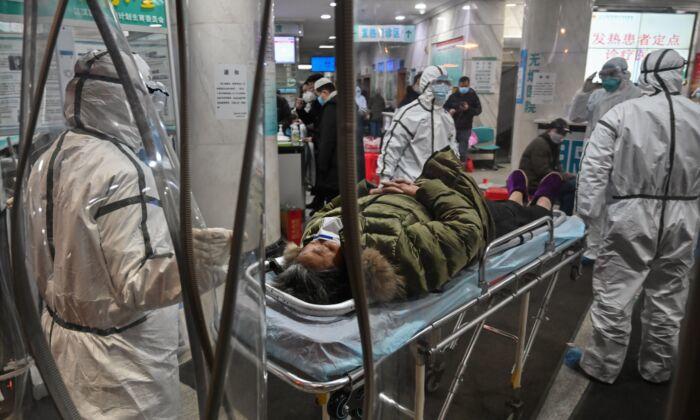
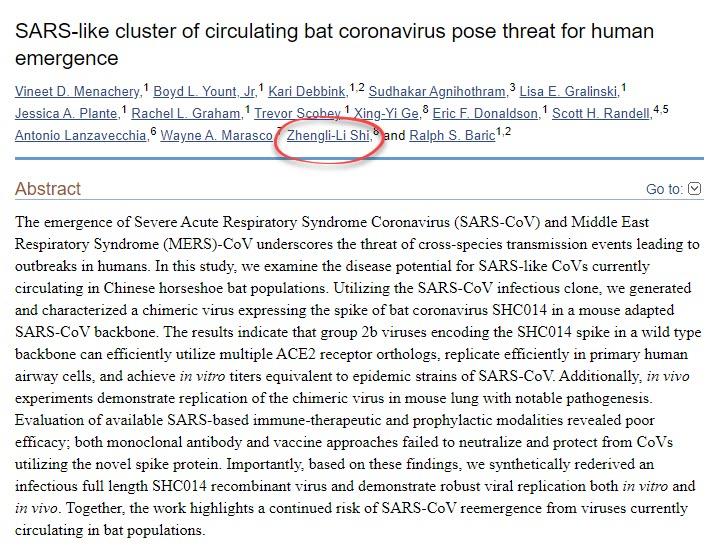
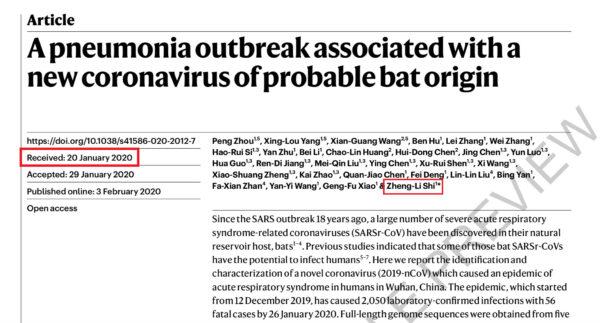


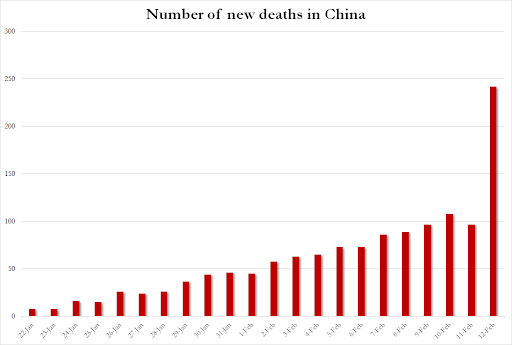

 @livecrisisnews
@livecrisisnews
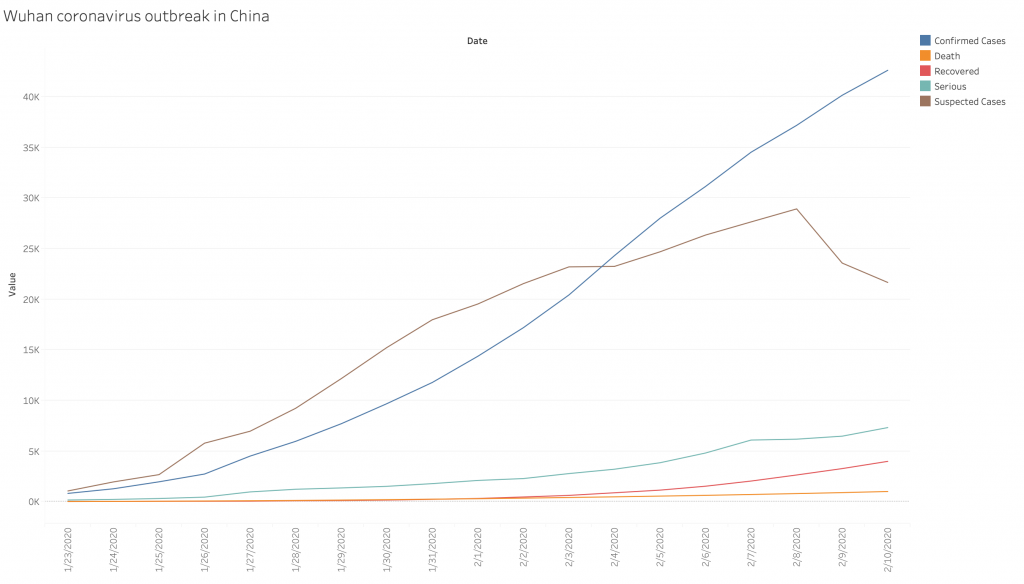
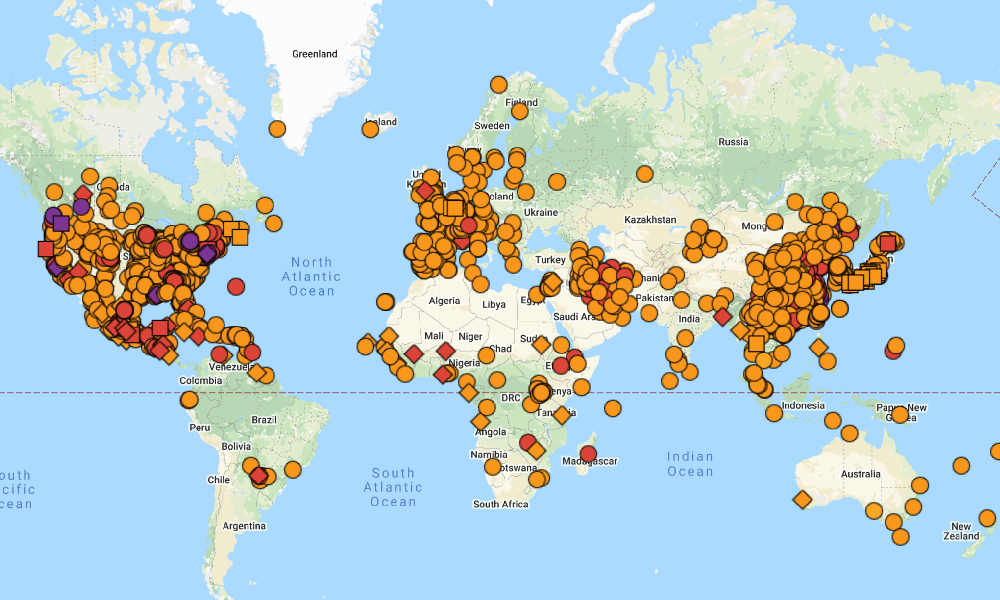
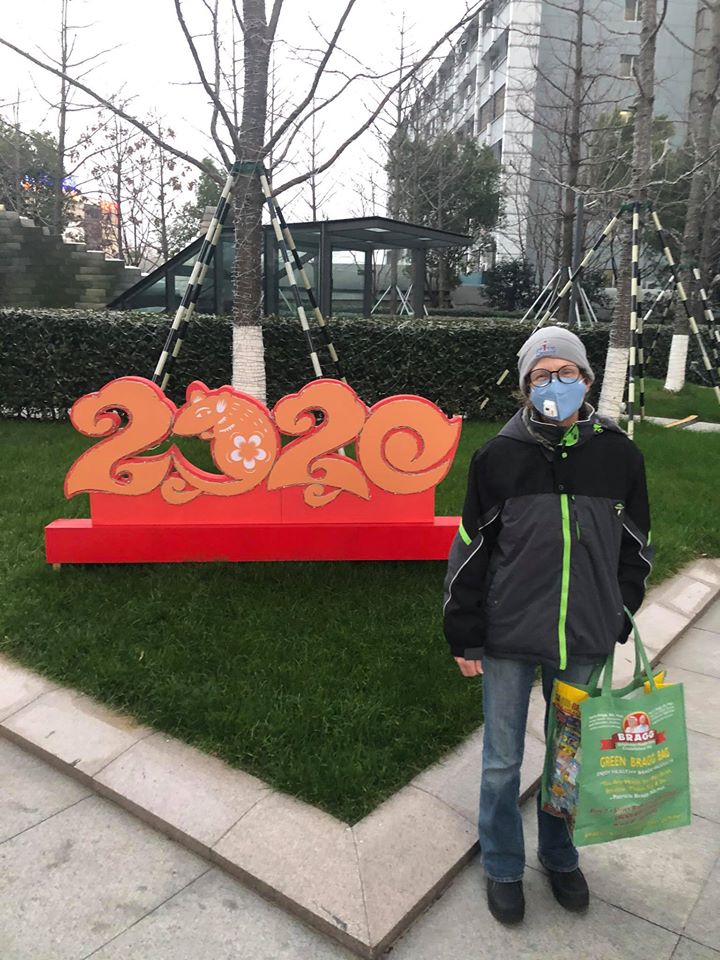


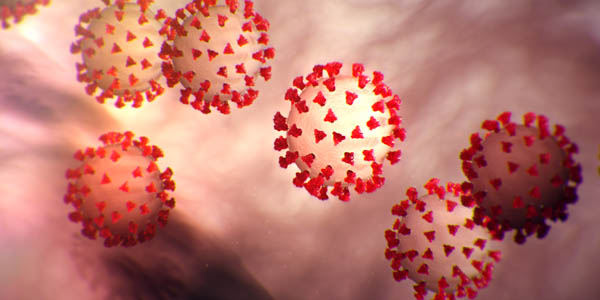



/cdn.vox-cdn.com/uploads/chorus_asset/file/19713422/1200074180.jpg.jpg)